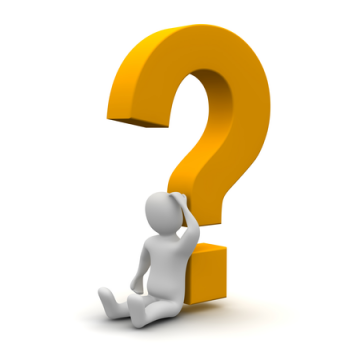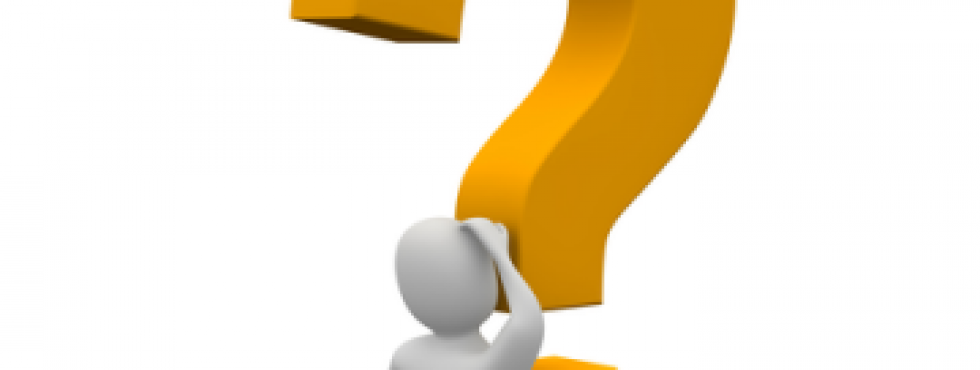Holistic Management for Horse Properties – Part 4
The seven testing questions: Are your decisions economically, socially, and environmentally sound?
Published in the Horses & People Magazine & Hoofbeats Magazine
By Mariette van den Berg, BAppSc. (Hons), MSc. (Equine Nutrition)
 In the first three sections, we have concentrated on the framework that guides holistic decision making: definition of the whole to be managed (e.g. your household, lifestyle horse property, and/or (horse) business), formation of the holistic goal (e.g. spending more quality time with your horses or build a sustainable horse property), the four ecosystem processes that serve as the foundation on which the holistic goal rests (water and mineral cycles, community dynamics, and energy flow), the tools for managing ecosystem processes (human creativity, money and labour, fire, rest, grazing, animal impact, living organisms, and technology), and the different effects that some of these tools bring about in brittle and non-brittle environments. Now we can put holistic decision making into practice.
In the first three sections, we have concentrated on the framework that guides holistic decision making: definition of the whole to be managed (e.g. your household, lifestyle horse property, and/or (horse) business), formation of the holistic goal (e.g. spending more quality time with your horses or build a sustainable horse property), the four ecosystem processes that serve as the foundation on which the holistic goal rests (water and mineral cycles, community dynamics, and energy flow), the tools for managing ecosystem processes (human creativity, money and labour, fire, rest, grazing, animal impact, living organisms, and technology), and the different effects that some of these tools bring about in brittle and non-brittle environments. Now we can put holistic decision making into practice.
In this section, we review the seven guidelines for testing to ensure that our decisions are economically, socially, and environmentally sound, and focus on moving towards our personal, property, and horse goals.
Testing questions
The seven tests supplement all the factors that are normally considered when making a decision (conventional research, peer pressure, gut feeling, legal concerns, cash flow, intuition, etc.).[1]
Decision making can be complex, particularly in regards to certain issues or in group situations (e.g. your family or employees). Having seven tests that address both thinking questions and feeling questions, as well as short-term consequences and long-term consequences, helps to make sure that we address complexity effectively and arrive at sound decisions.
The testing process also tends to bring up questions that may have been missed in the first round of exploring a decision or plan. The order in which we ask the questions can vary, but it’s important to move quickly through the tests and not become bogged down. Conducting further research is usually an effective means of moving through a point at which we’ve become stuck. The society and culture test should be saved for last, because it is the one feeling question that brings the decision back to the gut or heart.
1) Cause and Effect
Does this action address the root cause of the problem?
This question forces us to define the problem and the root cause. We need to be sure that we have defined the problem accurately. If we identify a resource issue, we can then attempt to figure out which of the ecosystem processes is most affected. However, generally, a number of ecosystems are involved — for example, erosion or compaction in paddocks probably points to an issue with the water cycle (run-off, mud), mineral cycle, and community dynamics (no healthy topsoil). If we identify a human issue, we can look to structure, design, and management of the property.
2) Weak Link
In testing for weak links, we need to look at social, biological, and financial implications.
Social: Have I/we considered and/or addressed any confusion, anger, or opposition this action could create with people whose support I/we need in the near or distant future?
It does not matter if our decision is right if we do not have support from others or if it causes conflict. This question helps us to figure out how to ensure that we do not make enemies or create misunderstanding. For example, we might decide not to use herbicides to control weeds, but use other tools instead. Our conventional farming neighbours might not share this view and want instead to safeguard the improved pastures for their livestock. We can acknowledge this fact, but it should not ultimately deter us.
Biological: Does this action address the weakest point in the life cycle of this organism?
By determining the weakest link in the life cycle, we increase our ability to either effectively improve the ability of the organism to survive or to remove or reduce its numbers (if it is a ‘problem’ organism). For example, using this testing question, we can research if any other ‘biological’ methods for reducing weeds could also be successful.
Financial: Does this action strengthen the weakest link in the chain of production?
This test is conducted in conjunction with financial planning when we determine the weakest link in our household, lifestyle property, and/or business. The chain of production has three links to which human creativity is applied:
- Resource Conversion: If the issue relates to insufficient ability to convert sunlight into raw resources (growing pasture and conserved forages for your horses) and/or not having sufficient raw resources (including money, capacity, talent, etc.), then resource conversion is the weak link.
- Product Conversion: If the issue relates to generating revenue from animals (e.g. livestock farming), then product conversion is the weak link. Horse businesses that breed horses and sell them can certainly encounter issues with product conversion. If raw resources are plentiful, but the capacity to convert them to marketable form is limited, this represents a product conversion weak link (e.g. if we have more than enough forage, but lack enough animals (e.g. broodmares) to capitalise on it).
- Marketing (Money) Conversion: If the issue relates to an inability to sell the products or services we have produced, then marketing conversion is the weak link.
3) Marginal Reaction (comparing two or more actions):
Which action provides the greatest return, in terms of my/our holistic goal for the time and money spent?
This question helps us to prioritise our efforts and expenditures, so that we can maximise progress toward the holistic goal. For example, if our goal is to have a more sustainable property (better environment for horses) that can reduce inputs over time, we may have to review the decision to redesign our current property or sell our property and buy another property with greater long-term sustainability options. Or we might review our tools or management strategies for reducing weeds or compaction in paddocks once more.
4) Gross Profit Analysis (Comparing two or more enterprises):
Which enterprises contribute the most to covering the overheads of the business?
This applies largely to those who run horse businesses or other businesses from which they derive income. This test is used to select those products or services from which we derive income that, after associated costs and risks have been considered, produce the most income. For example, we might run a horse business with a number of services. By reviewing these parts of the business, we gain a better understanding of which service derives the most income. This may mean that we have to decide to focus more on one service and reduce or eliminate services that are costing too much money or time. We discuss financial planning for horse businesses and household or lifestyle properties in greater detail later.
5) Energy/Money, Source and Use:
Is the energy or money to be used in this action derived from the most appropriate source in terms of my/our holistic goal? Will the way in which the energy or money is to be used lead toward my/our holistic goal.
The preference here is to favour renewable or environmentally benign sources of energy and avoid non-renewable or environmentally damaging sources whenever possible. Money derived internally (from our (horse) business or salary/savings) usually leaves us better off than money derived externally (from a lender).
Energy and money that are used to build infrastructure are preferable, as are uses for a one-time investment that will then sustain itself. We try to avoid consumptive uses of energy or money that achieve no lasting effect, or worse, become addictive in that, once initiated, we risk undesirable dependence.
6) Sustainability:
If I/we take this action, will it lead toward or away from the future resource base described in my/our holistic goal?
This question helps to foreground the long-term consequences of actions in the context of the holistic goal — for example, deciding on biological tools and methods versus chemical products to reduce weeds.
7) Society and Culture:
How do I/we feel about this action now?
This is the feeling question that processes all of the information that we have analysed in the other six tests, bearing in mind the quality of life described in the holistic goal.
We have now covered all of the testing guidelines that help us to evaluate any action we plan to take. Although some of these questions appear to apply much more to (horse) businesses, they still have useful applications for households and/or lifestyle properties. Going over these questions helps the decision maker to avoid costly and unsound decisions. Ideally, every decision should pass every test; however, in reality, this may not always be a realistic outcome. The decisions that respond effectively to most questions often produce economically, ecologically, and socially sound results. Any action that fails this year may indeed pass in later years as management takes effect and situations are transformed.
Further reading:
- Savory, A & Butterfield, J. 1999. Holistic Management: A New Framework for Decision Making. 2nd edition, Island Press, Washington, DC.
© MB Equine Services 2014
www.mbequineservices.com


Follow Us!